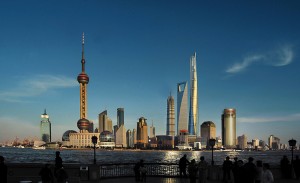 Shanghai Population 2013
Shanghai Population 2013
The most recent estimate for the population of the city of Shanghai, China is about 23,470,000, which is an increase of about 43% from the turn of the century. Shanghai is not only the largest city in the People’s Republic of China, but also the largest city (proper) in the entire world. The city ranks higher than both the cities of Istanbul, Turkey and Karachi, Pakistan. Based on the total land area and the total population of the city, the population density of Shanghai is estimated to be about 9,400 people per square mile.
Demographics of Shanghai
Approximately 99.5% of the entire population of Shanghai is of the Han Chinese nationality. The majority of the remaining nationalities are Hui, Man, and Mongolian nationalities. However, the city consists of 44 ethnic groups in total. The migrant population in the city has been continuing to increase over the years, making up about 39% of the permanent population of the city.
The life expectancy of the population of Shanghai is about 82 years. The female life expectancy is about 84 years, while the life expectancy for males is about 80 years. This is a higher life expectancy than all other cities in China and also a majority of the countries. The infant mortality rate is continuing to drop as it most recently dropped form 6.58 deaths per 1000 births to about 5.97 deaths per 1000 births. Only about 8% of the population is under the age of 14 years, while about 22.5% of the population is over the age of 60 years.
Religion in Shanghai
Shanghai is religiously diverse and rich city due to the city’s history. There are quite a few Taoist temples throughout the city, including the City God Temple, The Wenmiao, which was dedicated to Confucius. The largest temple in Shanghai is actually a Buddhist temple, which is called the Longhua Temple. Other than Taoism and Buddhism, Christianity is actually an important religion in the city. Shanghai has the largest Catholic population in the entire country. The St. Ignatius Cathedral is the largest Catholic Church in the city. However, the city also has Muslim, Jewish, and other Orthodox faith communities.
Economy of Shanghai
The largest port and industrial base in China are both in fact the city of Shanghai. 157 out of the 166 different types of industries exist in Shanghai. The iron, steel, oil, and chemistry industries are huge aspects of the industrial sector. In particular, Shanghai Oil and Chemistry Factory is the largest polyester-producer base in the country. The income tax revenue increased by approximately 41% from the previous year’s revenue. Also, the annual local fiscal expenditure increased by about 21% from the previous year.
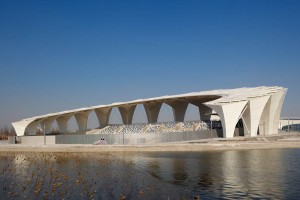 Sports in Shanghai
Sports in Shanghai
The city of Shanghai is the home of professional sports teams in soccer, basketball, hockey, and baseball: Shanghai Shenhua, Shanghai Sharks, Shanghai China Dragon, and the Shanghai Golden Eagles. The Shenhua participate in the Chinese Super League. The Sharks participate in the Chinese Basketball Association and is the previous team of NBA star Yao Ming. Lastly, the Shanghai Golden Eagles play in the China Baseball League. The city also hosts the Chinese Grand Prix, which is a round of the Formula One World Championship.
Shanghai Sightseeing
Historical Population of Shanghai
Since the mid 20th century, the population of Shanghai has gone through immense population growth. In 1953, the population was estimated to be about 6.2 million. Since then, the population has grown to over 23 million.
| Year | Population |
| 1953 | 6,204,400 |
| 1964 | 10,816,500 |
| 1982 | 11,859,700 |
| 1990 | 13,341,900 |
| 2000 | 16,407,700 |
| 2010 | 23,019,200 |



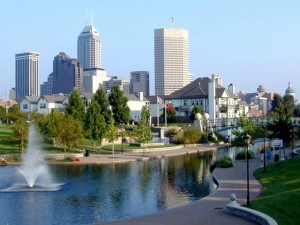
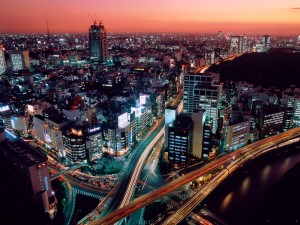 Tokyo Population 2013
Tokyo Population 2013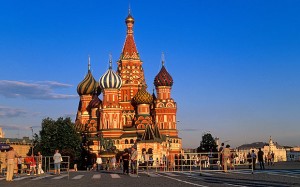 Moscow Population 2013
Moscow Population 2013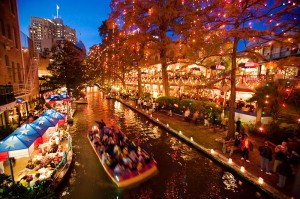 San Antonio Population 2013
San Antonio Population 2013